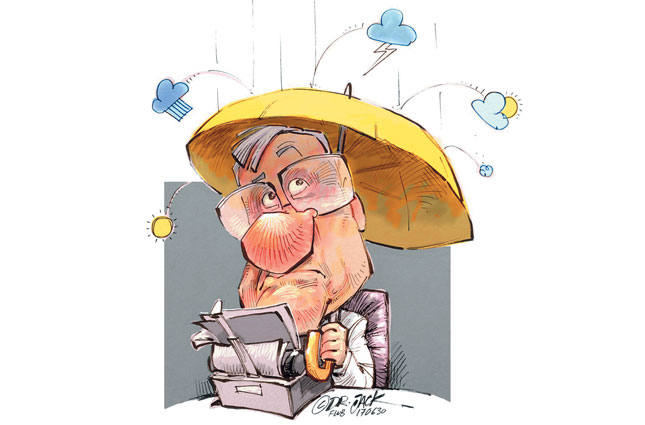
Climate change is a permanent departure from the average or mean, whether it is warmer, cooler, wetter or drier.
It can also be defined as changes that occur due to human activities, such as increased levels of greenhouse gases released into the atmosphere.
Climate variability, on the other hand, is variation around the mean or average. This can occur in regular cycles over the years, or it can occur more randomly without any specific patterns.
It is also possible that climate change can affect climate variability by increasing the frequency of extreme climatic events.
Climate variability is responsible for most of the variation seen in the climate. Up until recently, climate change has had a significantly smaller impact.
To an extent, climate variability can be managed by using climate statistics to determine the real risks involved.
These statistics include average and extreme rainfall and temperature figures, the length and intensity of expected dry spells, the probability that specific rainfall figures will be exceeded, and others.
By contrast, the effect of climate change is by no means quantifiable. However, its negative effects can be mitigated by factors such as climate adaptations, improved cultivation techniques and better genetics.
A good example is the trend in South Africa’s maize yield: 30 years ago the average yield was less than 2t/ ha; today it is almost 5t/ ha.
This change is not directly because of climate change or variability, but rather illustrates the response by farmers – where, for example, they plant improved cultivars.
The recent drought also demonstrated climate variability; the perception was that it was worse than droughts experienced in the mid-1980s or even 1990s, but if you look at the actual rainfall figures, the droughts in the 1980s and 1990s were actually worse.
What is changing in reality are the expectations of farmers and other users of natural resources. Farmers are now trying to achieve maximum yields, which not only pushes up input costs but increases the risk of not making a profit in bad years.
Ecosystems change over time.
There is a perception that this is due to climate change; in most cases, however, it is caused by changes in human behaviour or poor management of resources.
For example, flood damage is now more severe because so many strucutres are built in floodplains or waterways.
How to manage climate variability effectively
Climate variability is the principal cause of changes in food production, both in South Africa and globally. In this regard, drought has been a factor for thousands of years.
In South Africa, climate variability has been responsible for periods of surplus
grain production, as well as periods of poor production during which grains have had to be imported.
This variability can be managed through sound farming decisions based on long-term planning that takes climate statistics into account. It is essential to have a long-term (more than five-year) plan to manage the risk of adverse climatic events.
One of the most effective ways to stabilise income and profitability over time is to diversify into non-agriculture-related activities. A simpler, more practical alternative is to be conservative in managing risks.
High planting densities of summer grains can produce high yields, provided that sufficient rain occurs.
However, in years of below-average rainfall, high planting densities can result in total crop failure.
A more conservative approach of lowering planting densities will still deliver good yields in good years, but will decrease the risk of total crop failure in poor rainfall years. The same is true for livestock farmers who exceed the carrying capacity of their farms.
Increasing temperatures
It is an established fact that global temperatures have increased by about 1°C on average over the past century. What is not known is whether this is part of a longer-term cycle or a permanent departure from the average.
The energy levels radiated by the sun are not constant, and historic data indicate that changes in these energy levels can have an impact on temperatures on earth.
In South Africa, the trend of a rise in minimum temperatures, in particular, can have consequences for some agricultural industries. An example is apple production, which has a specific cold unit requirement in winter.
This is necessary to induce dormancy so that nutrient reserves can be built up for the next production season. Warmer winters could thus have a negative impact on production.
To adapt to changing climate trends, plant breeders are now focusing on breeding crops that require fewer cold units for optimal production.
However, this could be risky, as these cultivars could break dormancy too early and suffer in a late cold snap.
A high cold unit requirement ensures that trees do not break dormancy before the extremely low winter temperatures have passed.
It is very important to take both the negative and positive aspects of climate variability into account when planning for the future, as they can provide important information about production risks, such as the frequency and intensity of droughts.
As the compound effect of climate change on climate variability is difficult to quantify, it is more important to change a farmer’s risk profile.
Many farmers have unrealistically high production expectations that can only be satisfied in very good rainfall years.
The views expressed in our weekly opinion piece do not necessarily reflect those of Farmer’s Weekly.
Johan van den Berg is the manager of specialised crop insurance at Santam and is based in Bloemfontein. For more information, email him at [email protected].












